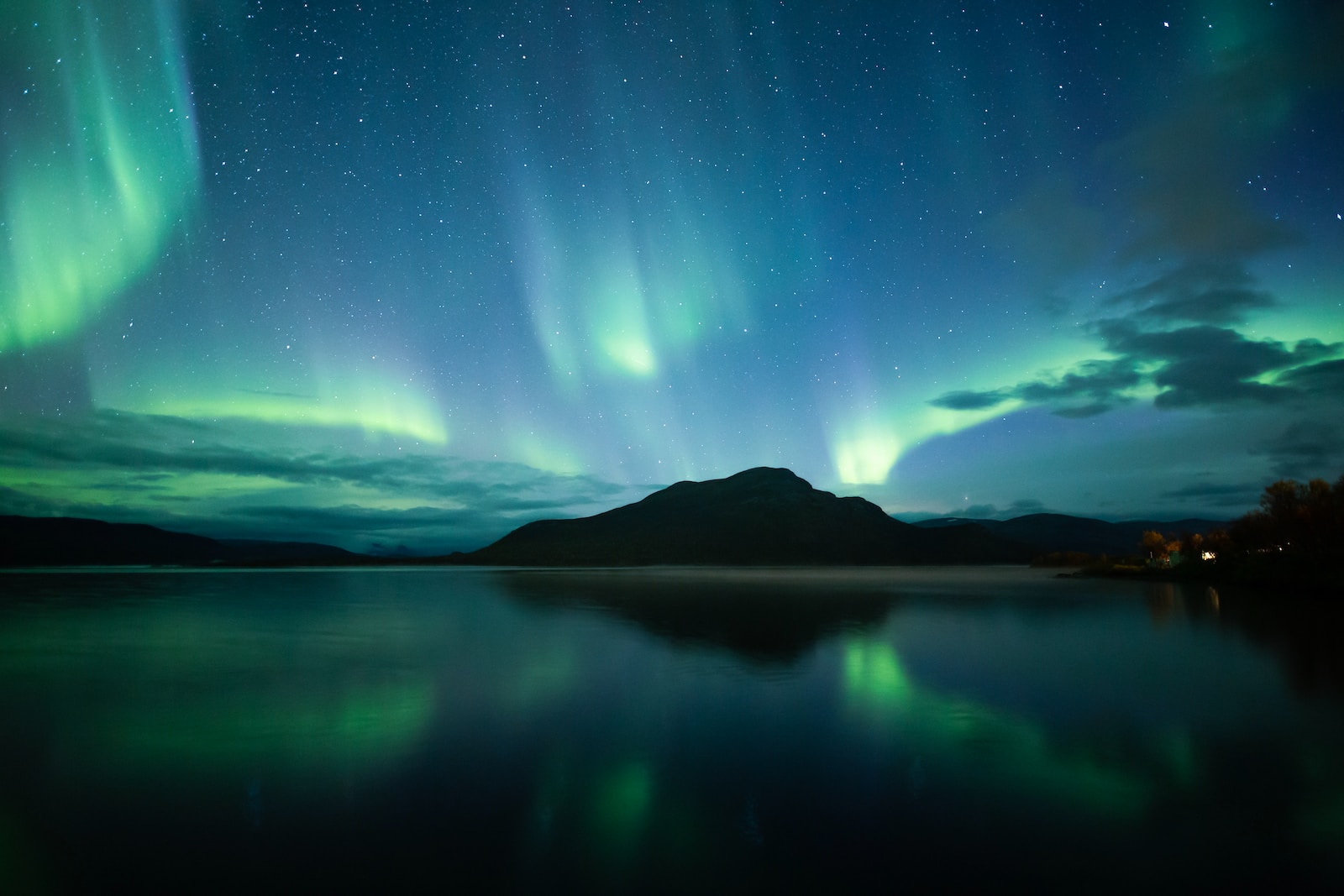Table of Contents
ToggleWhat Causes the Northern Lights?
The northern lights, also known as the aurora borealis, are caused by the interaction between the sun’s solar winds and Earth’s magnetic field. This collision results in the emission of light, producing a vibrant, ethereal spectacle of green, red, yellow, blue, and violet.
Exciting Forecast for Next Week
Exciting news for sky-watchers is that the aurora borealis is expected to be visible over 17 U.S. states on Thursday, July 13. The states that could potentially get a glimpse of this rare spectacle include Alaska, Montana, North Dakota, South Dakota, Minnesota, Wisconsin, Michigan, Maine, Maryland, New York, New Hampshire, Washington, Vermont, Idaho, Massachusetts, Wyoming, and Indiana.
When and How to View the Northern Lights?
Recent forecasts from the University of Alaska Fairbanks Geophysical Institute suggest a surge in auroral activity on the night of July 13, with the possibility of this captivating light show becoming visible in several parts of Canada and the United States. The predictions indicate that the northern lights could illuminate the night skies in the northern regions of 17 U.S. states, provided the weather conditions remain favorable.
To view the aurora borealis, enthusiasts are advised to move away from city lights to enjoy a clearer and brighter view. The ideal window for viewing the aurora borealis is between 10 p.m. and 2 a.m. local time, according to the Space Weather Prediction Center. The brightness and visibility of the aurora significantly depend on the level of geomagnetic activity. As the anticipated date draws closer, NOAA will be closely monitoring the activity and will release its own forecast to aid potential viewers.
More About the Northern Lights
The northern lights have fascinated humans for centuries, and are featured in the folklore and mythology of many cultures. Today, they continue to draw tourists from around the world to high-latitude regions like Scandinavia, Canada, and Alaska, where the northern lights are a regular spectacle.
While they are a year-round phenomenon, northern lights are more easily observed in the winter months due to the extended hours of darkness. It’s also worth noting that clear skies are essential for observing these lights. Places with low light pollution are the best spots for viewing.
Conclusion
In conclusion, witnessing the northern lights is a rare and awe-inspiring experience. With the upcoming opportunity to view this celestial fantasy in 17 U.S. states, enthusiasts should take advantage of the chance to witness this captivating natural light display.







